Multiplying The Good In Our Communities, Mutual Savings Bank Offers A Lesson In Resilience
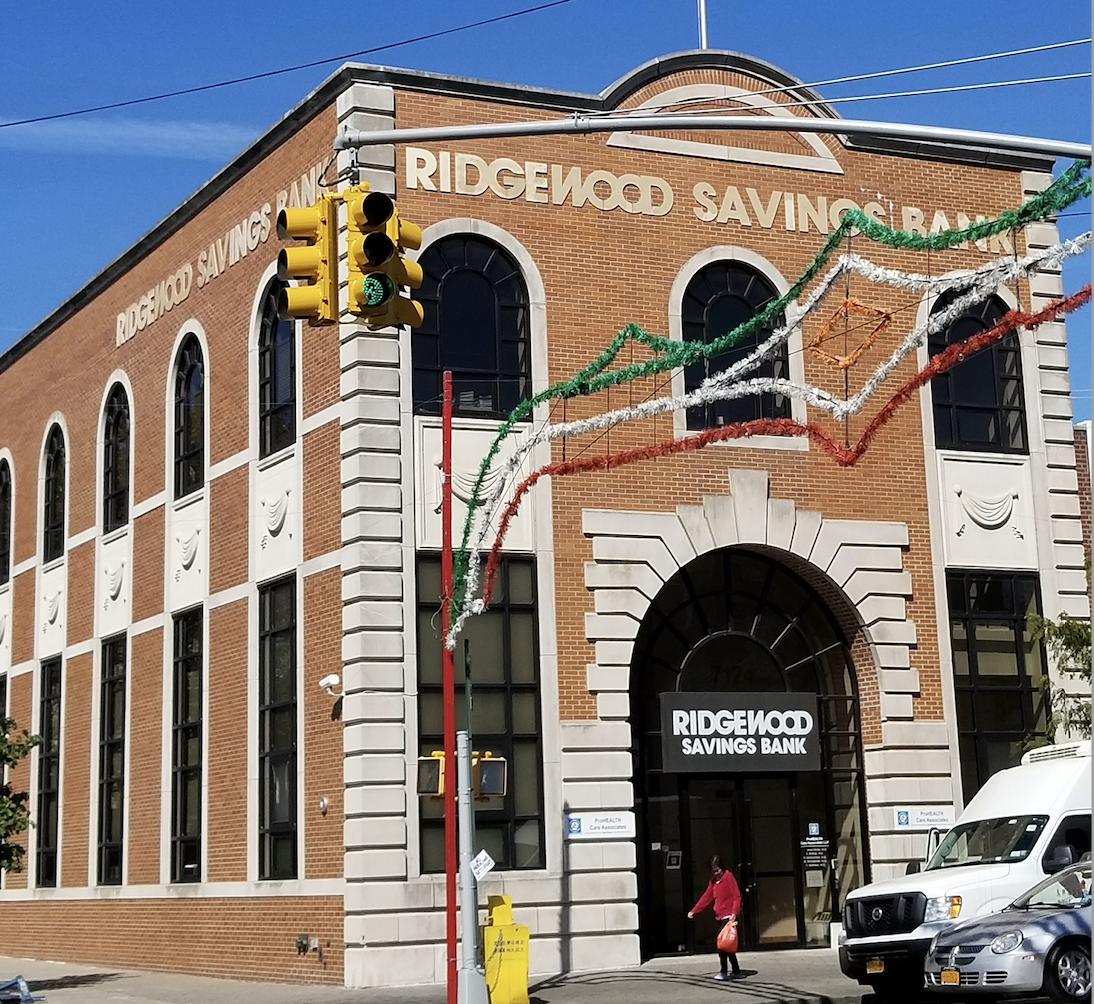
A hundred years ago, Brooklyn was teeming with mutual savings banks. There was the Brooklyn Savings Bank, the Dime Savings Bank of Brooklyn, the South Brooklyn Savings Bank, the Williamsburg Savings Bank, … but they are all gone.
Some went out of business. Others — like Dime and like most giant national banking chains — left the “mutual savings” structure behind and became corporations. Many are best remembered by the buildings they left behind, ripe for redevelopment a hundred years later.
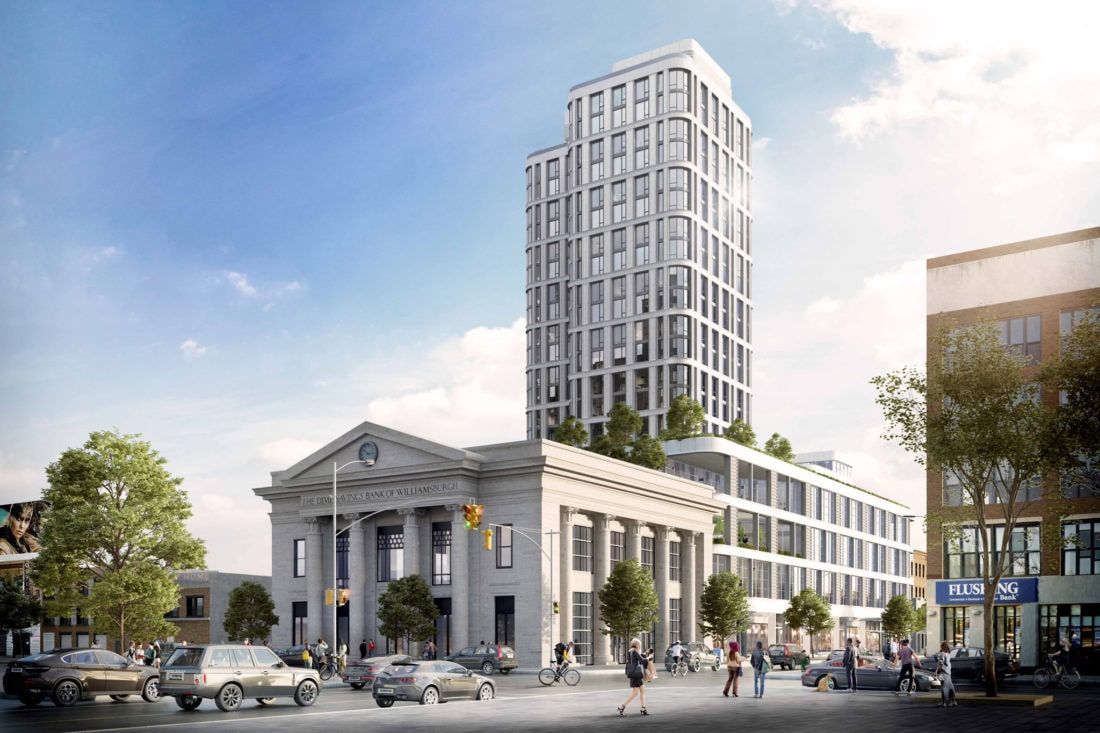
But the corporate structure matters. A mutual savings bank does not have shareholders and is operated on behalf of its depositors. Most, including three of the four remaining mutual savings banks in the city with branches in Brooklyn, Ridgewood Savings Bank and Cross County Savings Bank (founded in 1888 as Bushwick Savings & Loan Association of New York) out of Queens, and Ponce Bank out of the Bronx, were established by local residents for local residents about a hundred years ago to help improve their lot by saving and homeownership.
They were, and one could argue, still are the quintessential community banks. And the survivors, like Ridgewood, make the case that they’ve weathered regular crises by avoiding the kind of complex and risky financing that rocked the global financial system in 2008.
“We make enough money to keep our capital base strong. But we don’t try to be the best money earners out there because we don’t need to have high income numbers to satisfy the investing public or hedge funds that invest in banks nowadays,” said Ridgewood Savings Bank’s President, Leonard Stekol, in an interview. “Our mission is to help our communities to the best of our abilities.”
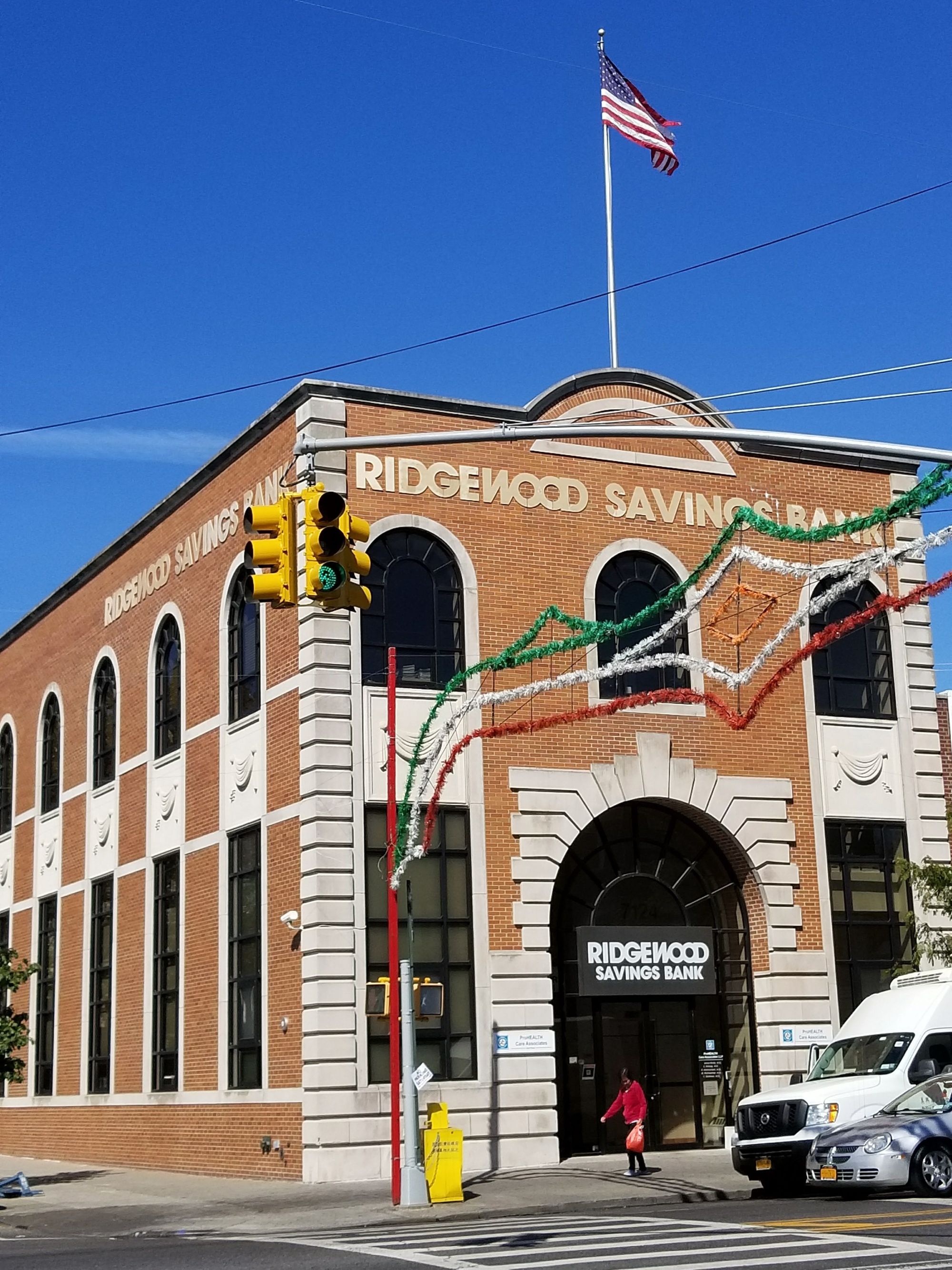
The bank’s balance sheet, he said, is mostly 1-4 family loans. “We lend in mostly, exclusively almost, in the communities where we live and work. We don’t have very complex or very risky assets. So when bad things happen, our loans are very well-performing because we understand them,” he said.
As the city is once again starting to recover from a pandemic, and with mutual aid top of mind, we thought it might be worth taking a look at what we can learn from the mutual savings banks.
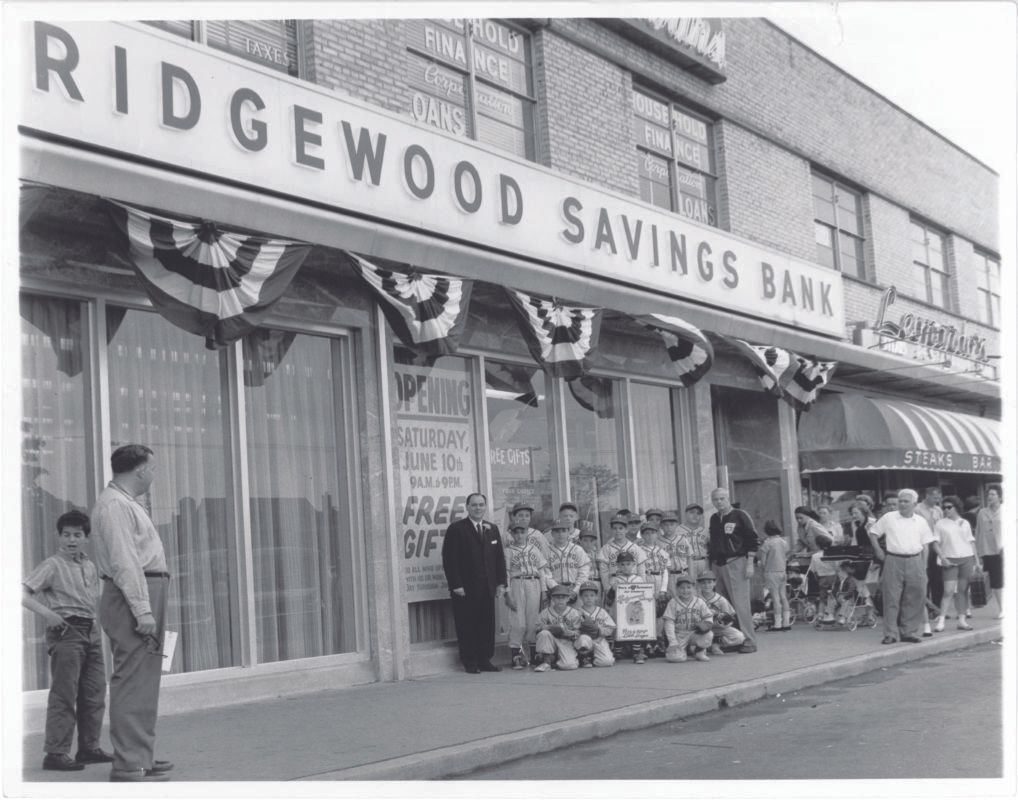
Ridgewood Savings bank was started in 1921, just after the last pandemic had swept through the city, with a mission “to multiply the good.” Among its founders were a butcher and a baker. Its first location was at the local taproom. One hundred years later, the bank has been recognized as the best of its kind in the country, has 35 branches, of which six are in Brooklyn, and $6 billion in assets. Of the remaining mutual savings banks, it has the biggest presence in Brooklyn.
Stekol made a case for a revival of mutual savings banks and a financial structure that doesn’t include traditional corporate shareholders.
“We are a thoroughly modern mutual savings bank. You can bank with us online, in person, over the phone – whichever is easiest. Our focus is on providing the best value to our customers,” he said. “We do have to be profitable to maintain capital levels at a very high level, and we are. But the focus is on, over time, doing the right thing for the right reasons and building the business delivering the best value.”
RSB managers and staff live in the communities it serves, and many of its clients have been with the bank for generations. Stekol says they know almost all of their customers personally – as of the last count, that’s over 150,000 accounts across 85,000 households, many of them spanning generations.
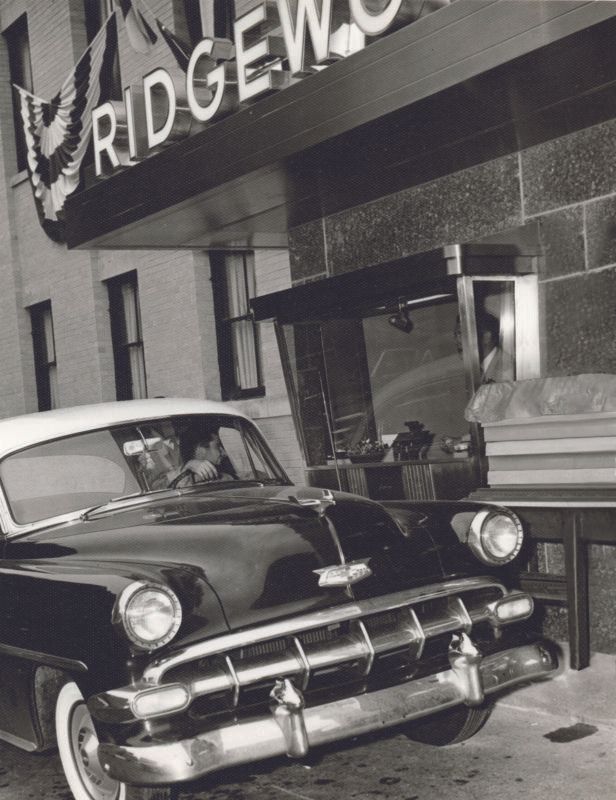
One of the secrets of their success is paying attention to the little things, like free Starbucks coffee and tea at their branches. Another is being there for their customers and communities – RSB has never closed a branch (only relocated to a larger or more convenient spot) or retreated from a community, and it gives back over a million dollars each year to the communities it serves.
There is a continuity at the bank and a passing of knowledge and principles and mission from one generation to the next. Stokol exemplifies the bank. His family emigrated from Riga, Latvia, in the late 1970s, from what was then the Soviet Union and settled in Forest Hills. What started as a part-time trainee job in the audit department during college became a full-time and a lifetime job at Ridgewood Savings Bank. Now, 29 years later, Stekol is its president and passing the RSB way of doing business down to the next generation.
“I was 22 years old when I started, and the officers who were in charge, and the board members, they passed all of these things to my generation. Now I’m 52 years old, and we’re passing on the same values to the current employees and so forth. It’s about being able to support our mission to improve the lives of our communities and customers, employees, and to do it in a way that we can deliver that.”
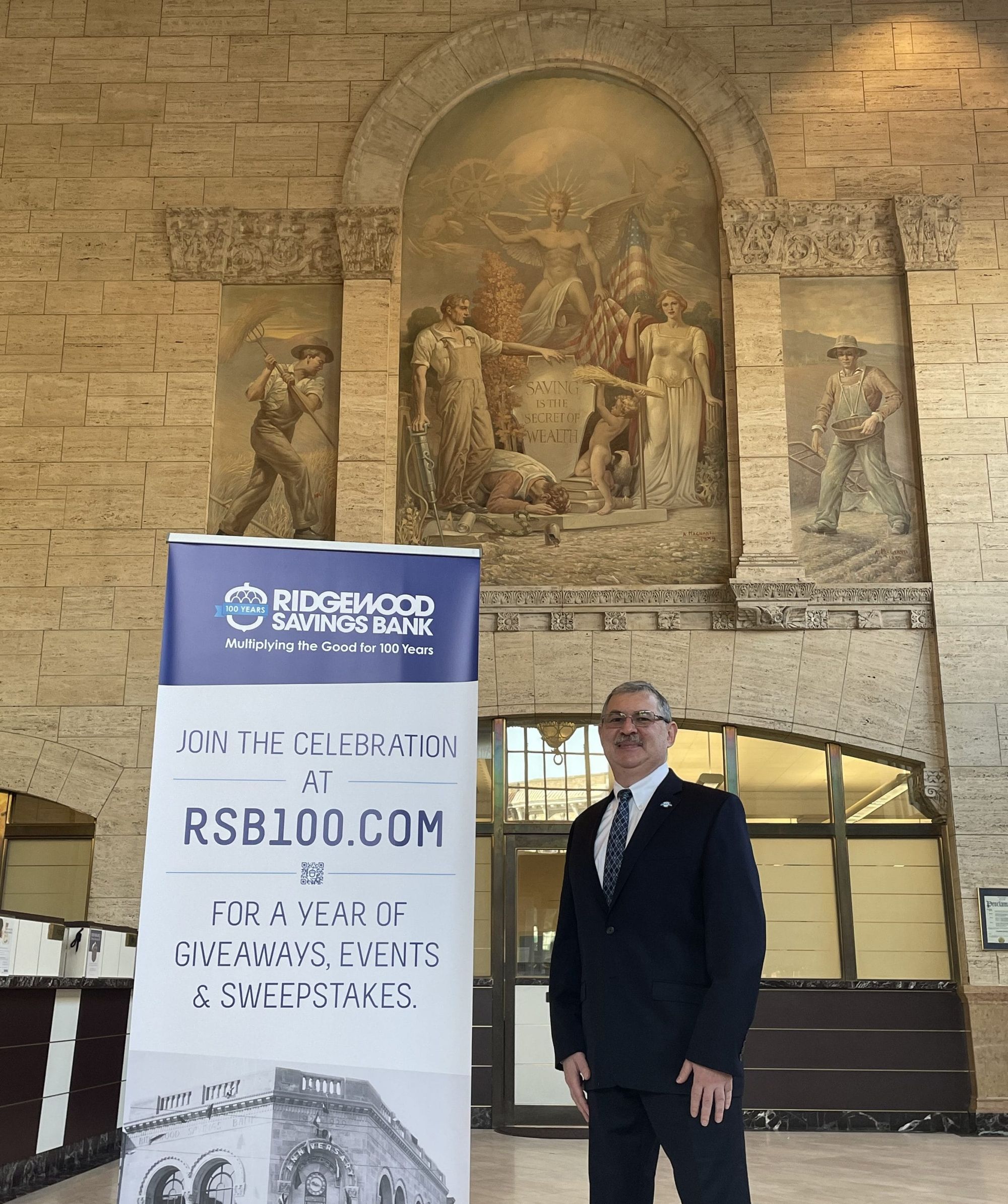
He says he’s not alone in spending his entire life at the bank – the average tenure among the bank’s 550 staff is 25 years.
“It’s not at all unusual for people to grow up in the bank. Our mission has stayed the same – to help our community, our customers, employees to succeed in life. And it’s just such a great thing to do, and I’m so fortunate to be part of it. So many of our employees and officers feel the same way. So it may be unusual in this day and age, but it’s not unusual for us.”
The last year has tested the strength of those local connections, as customers struggled to pay their mortgages through the COVID-19 pandemic.
“We talk to all of our borrowers and see what their issues are, and if they’re struggling, we defer the payments for as long as they need to get back on their feet. For 1-4 family loans, we also cover the escrow, which means that we also pay their taxes, so they don’t have to worry about it and everything else. And we defer the payment, the amount that we lay out at the bank to cover the payments, the taxes, and the insurance, all that becomes due at the end of the loan at zero percent interest,” Stekol said.
“The number of those struggling at the beginning was really high. Our multifamily and 1-4 family portfolio is over $4 billion. Now we are probably around 6% percent of those folks who need help to make payments. But it was a lot higher than that. People are beginning to get back on their feet, but it ain’t over yet.”
But Mr. Stekol is not worried. The bank is ready to serve its community when it needs it most, like it always has.




